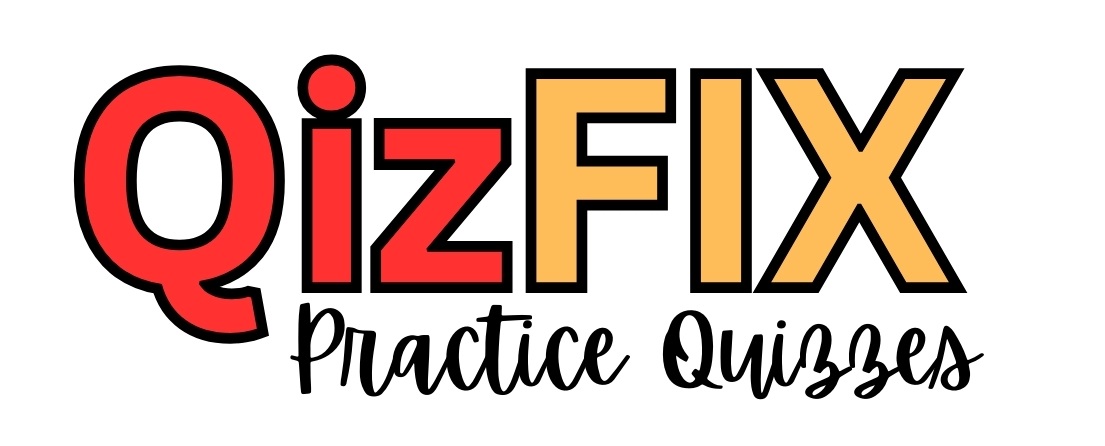1.The probability of at least one head in two flips of a coin is: A) 0.75
2.Posterior probabilities are computed using _____. A) Bayes’ theorem
3.The complement of P(A | B) is _____. A) P(A^C | B)
4.The probability of an intersection of two events is computed using the _____. A) multiplication law
5.Posterior probabilities are _____. A) conditional probabilities
6.The range of probability is _____. A) 0 to 1, inclusive
7.An experiment consists of three steps. There are four possible results on the first step, three possible results on the second step, and two possible results on the third step. The total number of experimental outcomes is _____. A) 24
8.An experiment consists of tossing four coins successively. The number of sample points in this experiment is _____. A) 16
9.A lottery is conducted using three urns. Each urn contains chips numbered from 0 to 9. One chip is selected at random from each urn. The total number of sample points in the sample space is _____. A) 1,000
10.Each customer entering a department store will either buy or not buy some merchandise. An experiment consists of following three customers and determining whether or not they purchase any merchandise. The number of sample points in this experiment is _____. A) 8
11.The “Top Three” at a racetrack consists of picking the correct order of the first three horses in a race. If there are 10 horses in a particular race, how many “Top Three” outcomes are there? A) 720
12.When the results of experimentation or historical data are used to assign probability values, the method used to assign probabilities is referred to as the _____. A) relative frequency method
13.An experiment consists of four outcomes with P(E1) = .2, P(E2) = .3, and P(E3) = .4. The probability of outcome E4 is _____. A) 0.100
14.Given that event E has a probability of .25, the probability of the complement of event E _____. A) must be .75
15.The symbol ∪ indicates the _____. A) union of events
16.If P(A) = .38, P(B) = .83, and P(A ∩ B) = .24; then P(A ∪ B) = 0.97
17.If P(A) = .75, P(A ∪ B) = .86, and P(A ∩ B) = .56, then P(B) = 0.67
18.Two events are mutually exclusive if _____. A) they have no sample points in common
19.You roll a fair six-sided die with the hopes of rolling a 5 or a 6. These two events are ___________ because they have no sample points in common. A) mutually exclusive events
20.The probability of the intersection of two mutually exclusive events _____. A) must always be equal to 0
21.If A and B are mutually exclusive events with P(A) = .3 and P(B) = 0.5, then P(A ∩ B) = 0
22.Which of the following statements is always true? A) P(A) = 1 − P(A^c)
23.If P(A) = .62, P(B) = .56, and P(A ∪ B) = .70, then P(B | A) = 0.7742
24.If A and B are independent events with P(A) = .4 and P(B) = .6, then P(A ∩ B) = 24
25.If A and B are independent events with P(A) = .05 and P(B) = .65, then P(A | B) = 0.05
26.A six-sided die is rolled three times. The probability of observing a 1 three times in a row is = 0.00462963
27.If a fair penny is tossed four times and comes up heads all four times, the probability of heads on the fifth trial is = 0.5
28.Initial estimates of the probabilities of events are known as _____. A) prior probabilities
29.If P(A | B) = 0.3, A) P(A^c | B) = 0.7
30.If P(A | B) = .3 and P(B) = .8, then = P(A ∩ B) = 0.24
